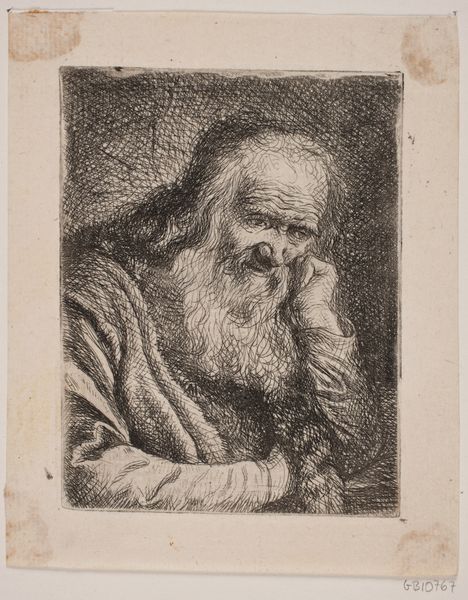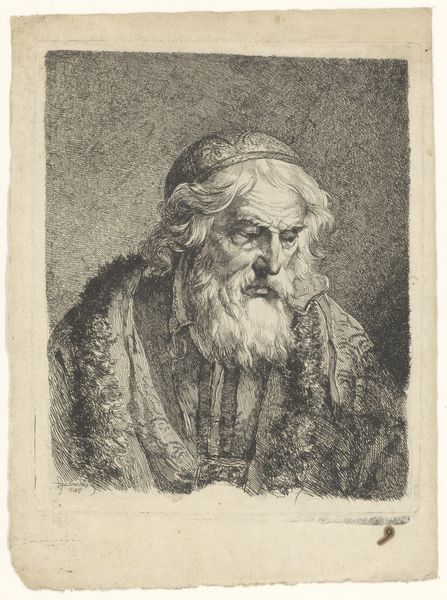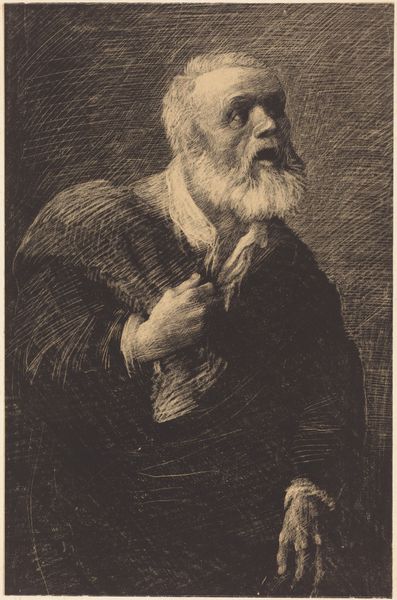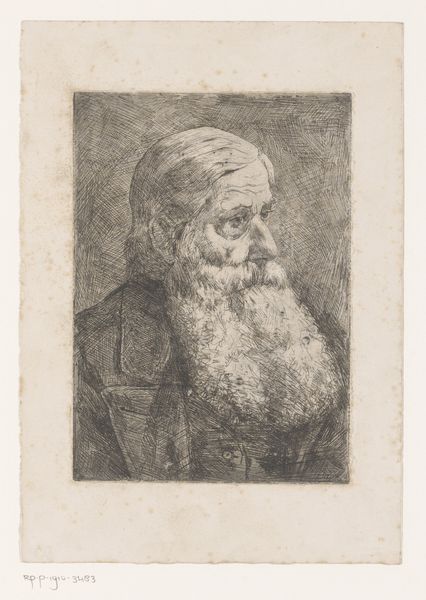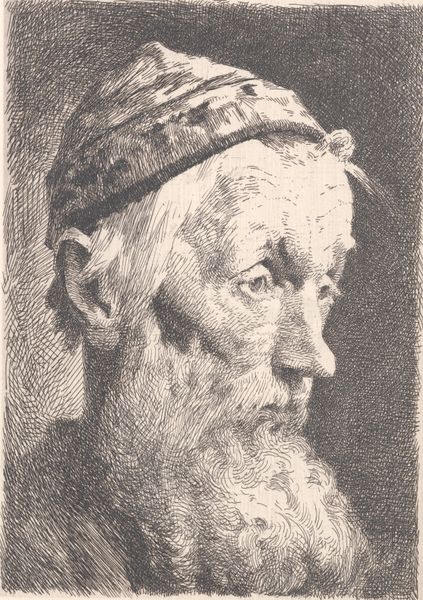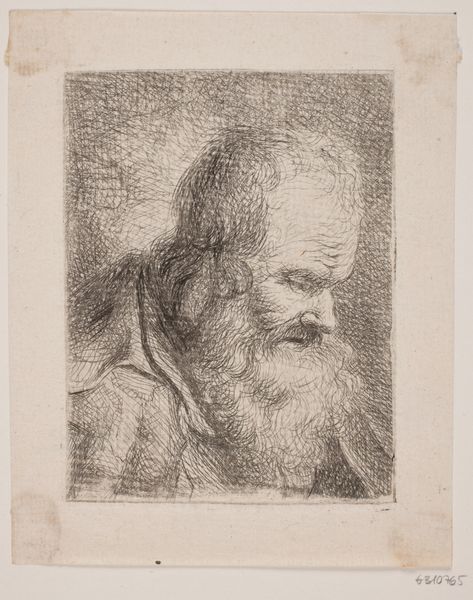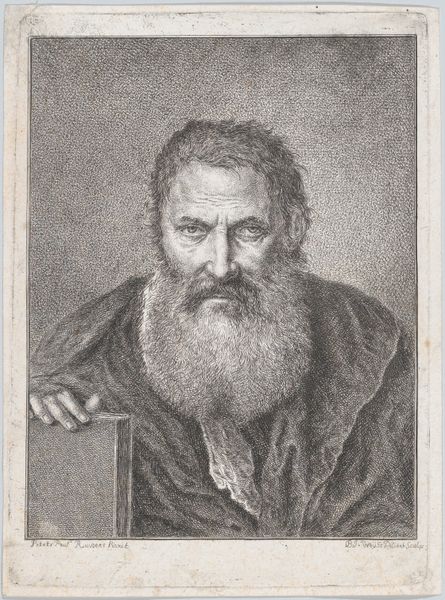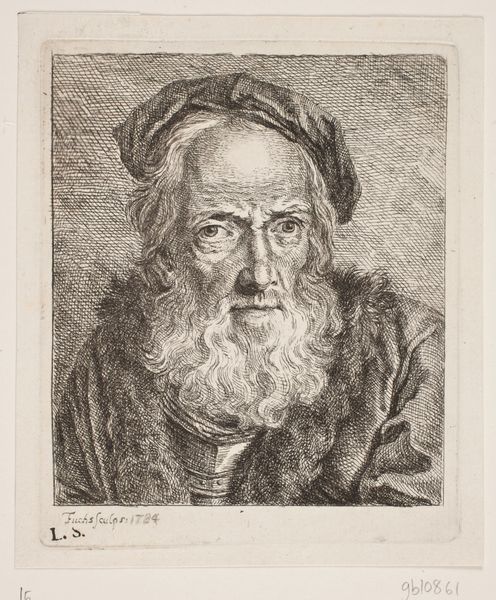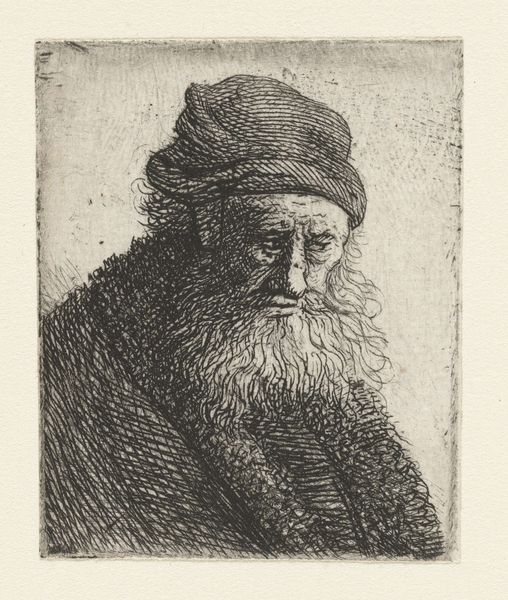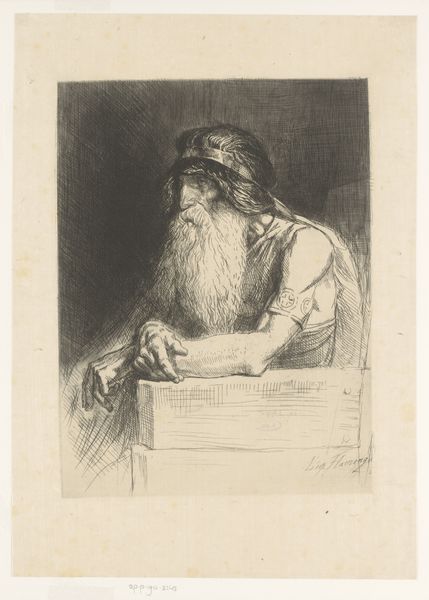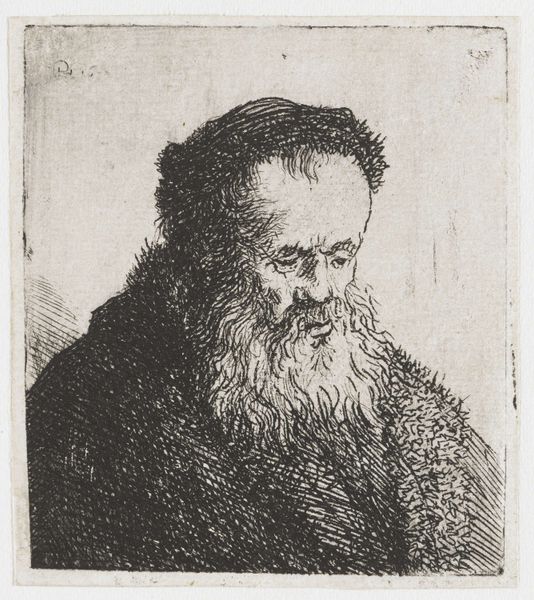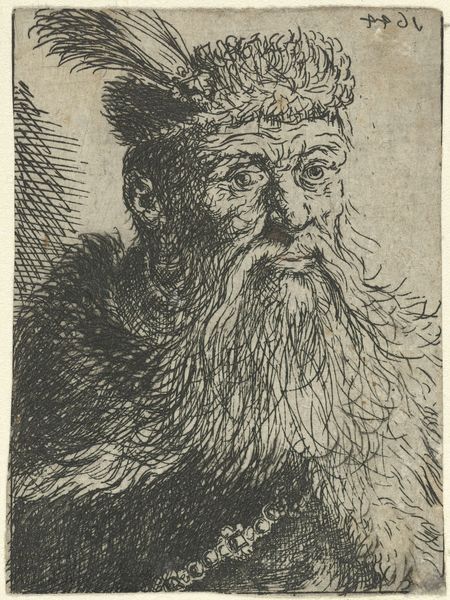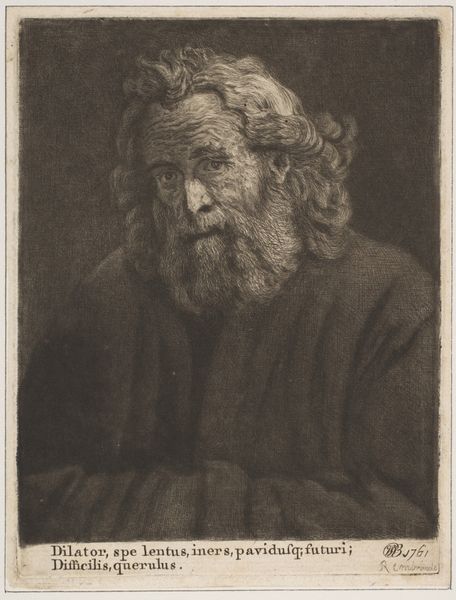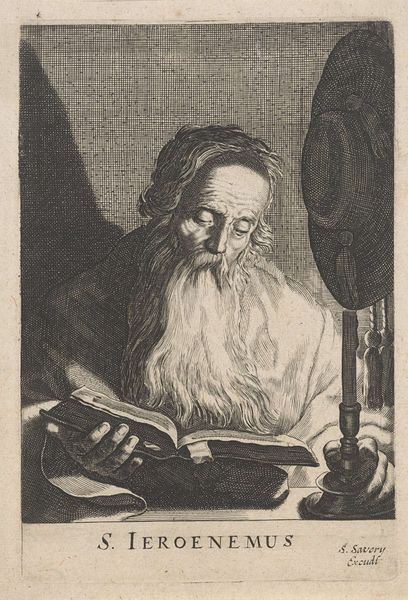
print, engraving
#
portrait
# print
#
figuration
#
engraving
Dimensions: 102 mm (height) x 79 mm (width) (plademaal)
Editor: Here we have W.A. Müller's "En gejstlig Mand," an engraving dating from sometime between 1733 and 1816. It has such a textured and detailed feel. How would you interpret this piece, especially considering its creation process? Curator: Well, looking at this print, I immediately consider the labor involved. The engraver, meticulously carving into a metal plate to create this image. Each line represents a physical action, a transfer of skill and time into material form. What sort of societal conditions and artisanal networks enabled this process? The church needed its image to remain authoritative. And did they perhaps see the printed portraits, that are cheaper and easier to create as more egalitarian and accessible means to spread propaganda and doctrine? Editor: So, it's not just about the final image but the entire production network surrounding it? The metal, the tools, the artist's training… Curator: Precisely! And consider the intended audience. Who was consuming these prints? Were they primarily for the wealthy elite, or did the relatively accessible nature of printmaking allow for broader distribution? How does this affect the power dynamics inherent in representation? Was this a readily reproducible product available to lower income demographics? Editor: That shifts my understanding completely. It makes me think about the accessibility and dissemination of images in our digital age, too. So the print's very existence becomes a commentary on social structure, labor, and commodity production. Curator: Indeed. And note the lack of color: black and white is always a loaded decision. Do we think that it served the artist in simplifying his process, to save time, and ultimately allow for a quicker release and faster printing output? Or does it hold some other, potentially ecclesiastical significance? Editor: I see now that thinking about the material aspects and production unlocks a deeper understanding of the artwork’s context. It feels more grounded. Curator: Agreed. Considering the "how" and "why" of its making brings us closer to the society and structures it reflects.
Comments
No comments
Be the first to comment and join the conversation on the ultimate creative platform.
